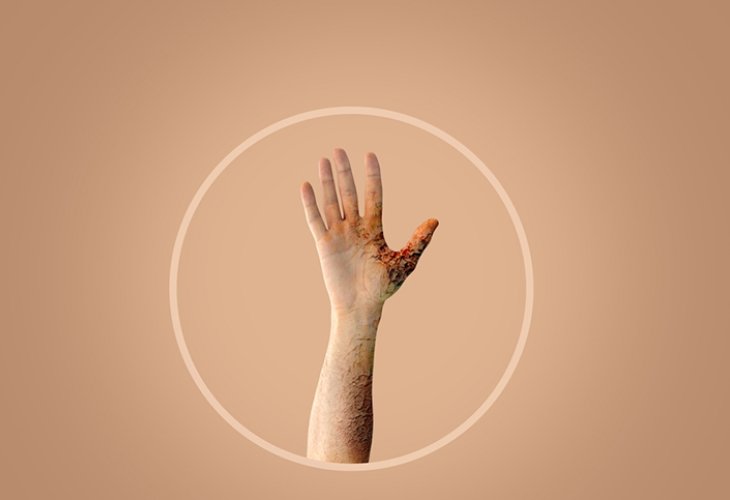Issues in the Bible
Unraveling the Secret of Tzara’at: The Spiritual Disease Beyond Science
The biblical plague of tzara’at was a mysterious affliction that appeared, not from infection, but from the moral and spiritual state of the human soul
 (Photo: shutterstock)
(Photo: shutterstock)In this week’s Torah portion, the Torah opens with the laws of tzara’at — a skin affliction described in extraordinary detail, including its diagnosis and purification process. What exactly is tzara’at?
Commentators and physicians alike still cannot identify with certainty the disease the Torah speaks about.
Historically, “leprosy” was common for many centuries. For nearly two thousand years, special colonies for lepers existed in many major cities, and there are countless descriptions and artworks depicting their suffering. In 1873, the Norwegian scientist Gerhard Armauer Hansen identified the bacterium that causes this disease — which was then named after him: Hansen’s disease, or leprosy (lepra in Latin). Later, medicine discovered an effective treatment, and today, thank God, the disease has almost disappeared, existing only in remote areas with little access to healthcare, such as parts of Africa.
During the Middle Ages, this disease was widely believed to be the biblical tzara’at, and those afflicted were banished to faraway colonies — often under horrifying conditions. The tragedy is that Hansen’s disease is not contagious through touch or proximity. The Christian Church, misunderstanding the Torah’s intent, assumed that the isolation of the metzora (the leper) was to prevent contagion, while in reality, that was never the case.
Today we know for certain that Hansen’s disease is not the biblical tzara’at, because it did not exist in the ancient world. Historical records show that it appeared only during the Hellenistic era, when Greek soldiers returning from the East brought it to the Mediterranean. Archaeological studies conducted in 2015 confirmed this — skeletal remains of people who suffered from Hansen’s disease have been found only from the Hellenistic period onward.
If one reads the Torah carefully, it becomes clear that its description of tzara’at is very different from leprosy. The Torah speaks of white patches on the skin and the color of hair growing within them, but no disfigured limbs, no open wounds, and no decay. It is a completely different phenomenon.
So what is the tzara’at described in the Torah? It’s difficult to identify a condition that may have disappeared thousands of years ago.
Various theories have been proposed, but as Rabbi Dr. Avraham Steinberg summarizes in his Encyclopedia of Jewish Medical Ethics, none of them can be confirmed. This is especially difficult as the Torah describes tzara’at not only on the body, but also on clothing and even on houses, which are phenomena unknown in medical science.
One interesting suggestion is that tzara’at was a spiritual or psychosomatic condition resembling psoriasis. Though modern psoriasis doesn’t fully match the Torah’s description, diseases — much like computer software, often appear in multiple “versions.”
What makes psoriasis particularly fascinating is that it has no bacterial or viral cause. It appears without medical explanation and can vanish just as mysteriously. In that sense, it mirrors the tzara’at of the Torah: a divinely sent affliction, not a natural disease, but one that came as a consequence of moral failure, such as speaking lashon hara (evil speech), and departed when a person repented and was purified.

